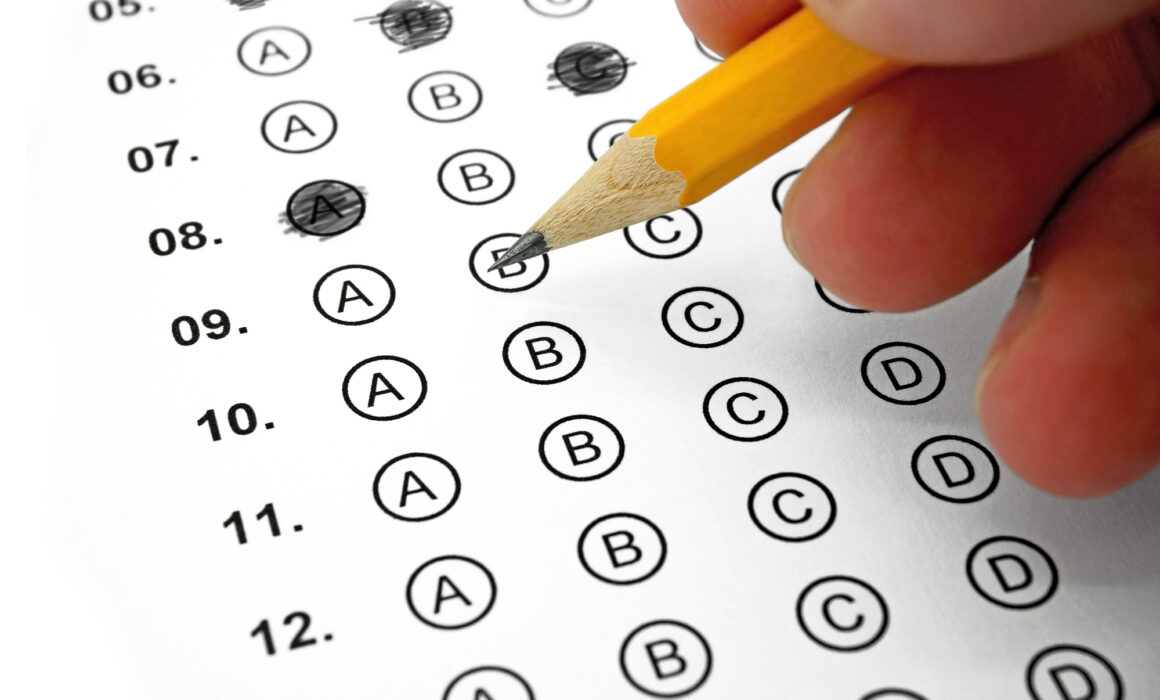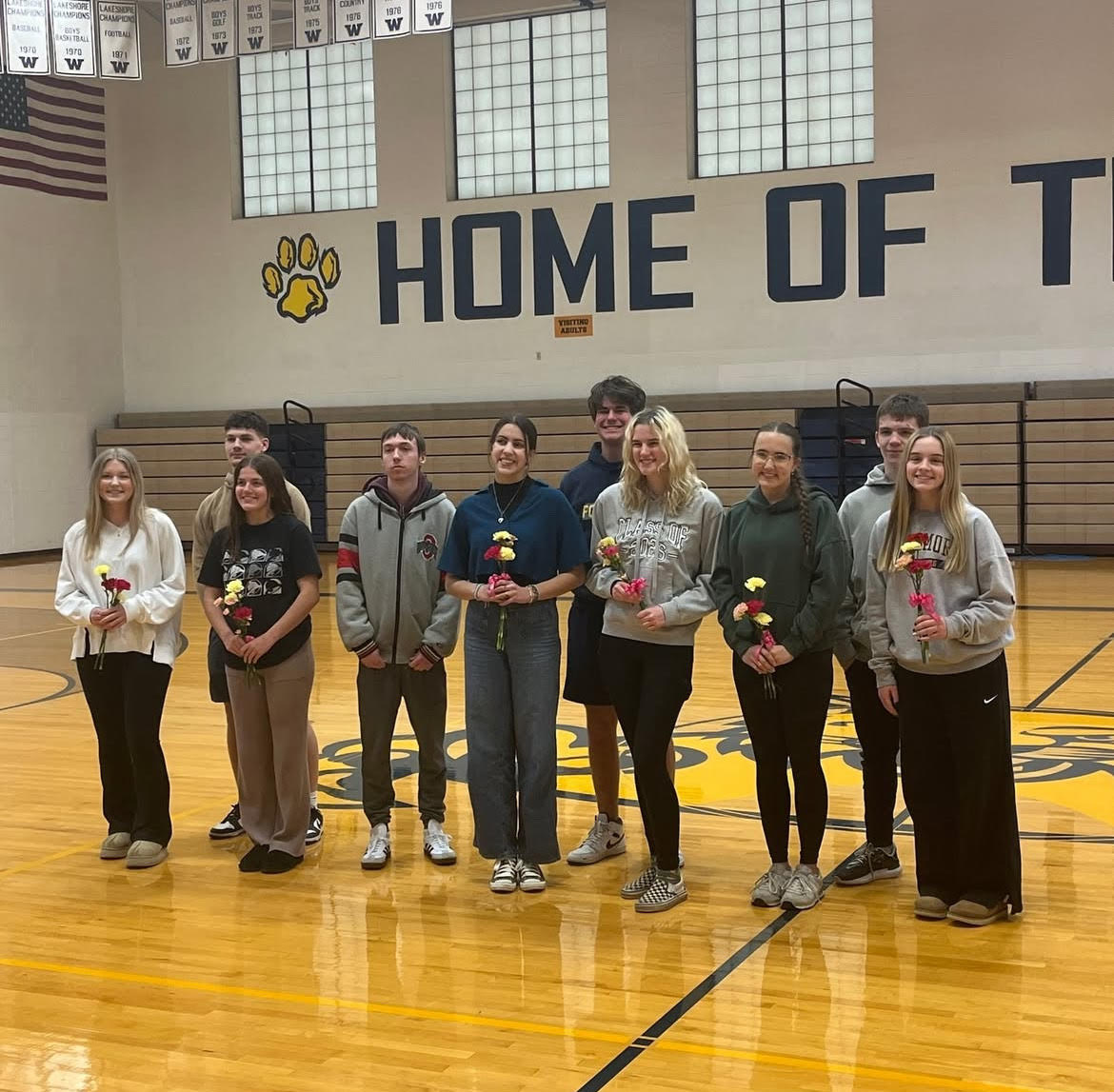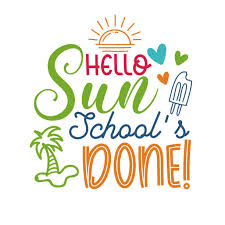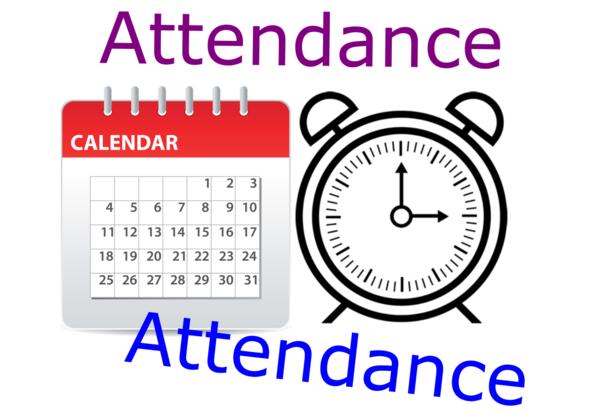The transition from the end of the school year to the start of summer is a unique time filled with mixed emotions. For students, it’s a period of relief and anticipation as they look forward to a break from academic pressures. The final bell signals the end of classes and exams and the beginning of freedom, relaxation, and new adventures. This shift can bring a sense of excitement and possibility as they plan vacations, summer jobs, or simply enjoy more free time with friends and family.
Thinking about the influence this has on everyone, from students to teachers, is unforgettable. Teachers experience a mix of emotions as the school year concludes. There is a sense of accomplishment in having to guide teenagers in the standards of the school curriculum and teaching them how to excel in those classes. The end of the year is the opportunity for reflection on their teaching practices and for planning future improvement. While summer break offers a chance to recharge and pursue personal interests, there’s also a bittersweet feeling of saying goodbye to students and colleagues, along with the knowledge that the cycle will repeat.
However, the transition to summer can also present challenges. Without the structure of the school year, some students may struggle to stay engaged and productive. Summer learning programs and enrichment activities can help bridge this gap, providing opportunities for continued academic growth instead of stopping at a standstill.
Ultimately, the end of the school year is a time for fun, balance, and growth. Trying to be your best self and learning in the process.

























